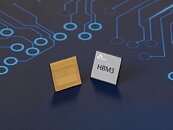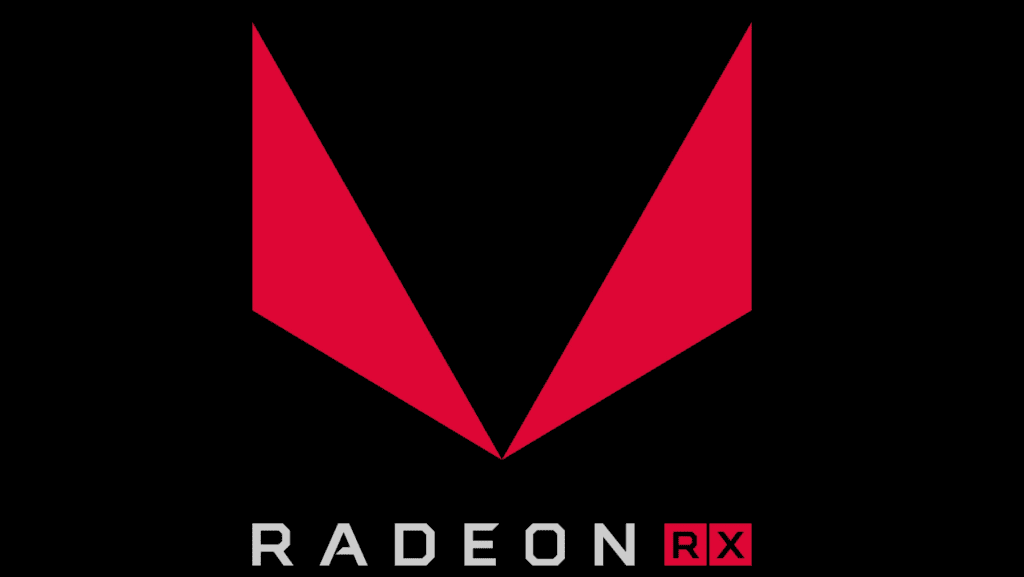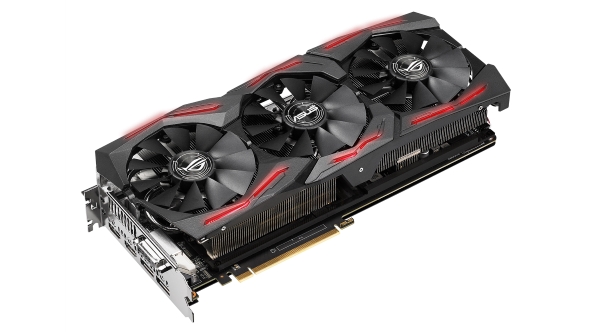- Joined
- Oct 9, 2007
- Messages
- 46,362 (7.68/day)
- Location
- Hyderabad, India
| System Name | RBMK-1000 |
|---|---|
| Processor | AMD Ryzen 7 5700G |
| Motherboard | ASUS ROG Strix B450-E Gaming |
| Cooling | DeepCool Gammax L240 V2 |
| Memory | 2x 8GB G.Skill Sniper X |
| Video Card(s) | Palit GeForce RTX 2080 SUPER GameRock |
| Storage | Western Digital Black NVMe 512GB |
| Display(s) | BenQ 1440p 60 Hz 27-inch |
| Case | Corsair Carbide 100R |
| Audio Device(s) | ASUS SupremeFX S1220A |
| Power Supply | Cooler Master MWE Gold 650W |
| Mouse | ASUS ROG Strix Impact |
| Keyboard | Gamdias Hermes E2 |
| Software | Windows 11 Pro |
SK hynix Inc. announced that it has become the first in the industry to successfully develop the High Bandwidth Memory 3, the world's best-performing DRAM. HBM3, the fourth generation of the HBM technology with a combination of multiple DRAM chips vertically connected, is a high value product that innovatively raises the data processing rate.
The latest development, which follows the start of mass production of HBM2E in July last year, is expected to help consolidate the company's leadership in the market. SK hynix was also the first in the industry to start mass production of HBM2E. SK hynix's HBM3 is not only the fastest DRAM in the world, but also comes with the biggest capacity and significantly improved level of quality.


The latest product can process up to 819 GB (Gigabyte) per second, meaning that 163 FHD (full-HD) movies (5 GB each) can be transmitted in a single second. This represents a 78% increase in the data-processing speed compared with the HBM2E. It also corrects data (bit) errors with the help of the built-in on-die error-correction code, significantly improving the reliability of the product.
SK hynix's HBM3 will be provided in two capacity types of 24 GB - the industry's biggest -- and 16 GB. For the 24 GB product, SK hynix engineers ground the height of a DRAM chip to approximately 30 micrometer, equivalent to a third of an A4 paper's thickness, before vertically stacking 12 chips using the through silicon via technology.
HBM3 is expected to be mainly adopted by high-performance data centers as well as machine learning platforms that enhance the level of artificial intelligence and super computing performance used to conduct climate change analysis and drug development.
"Since its launch of the world's first HBM DRAM, SK hynix has succeeded in developing the industry's first HBM3 after leading the HBM2E market," said Seon-yong Cha, Executive Vice President in charge of the DRAM development. "We will continue our efforts to solidify our leadership in the premium memory market and help boost the values of our customers by providing products that are in line with the ESG management standards."
View at TechPowerUp Main Site
The latest development, which follows the start of mass production of HBM2E in July last year, is expected to help consolidate the company's leadership in the market. SK hynix was also the first in the industry to start mass production of HBM2E. SK hynix's HBM3 is not only the fastest DRAM in the world, but also comes with the biggest capacity and significantly improved level of quality.


The latest product can process up to 819 GB (Gigabyte) per second, meaning that 163 FHD (full-HD) movies (5 GB each) can be transmitted in a single second. This represents a 78% increase in the data-processing speed compared with the HBM2E. It also corrects data (bit) errors with the help of the built-in on-die error-correction code, significantly improving the reliability of the product.
SK hynix's HBM3 will be provided in two capacity types of 24 GB - the industry's biggest -- and 16 GB. For the 24 GB product, SK hynix engineers ground the height of a DRAM chip to approximately 30 micrometer, equivalent to a third of an A4 paper's thickness, before vertically stacking 12 chips using the through silicon via technology.
HBM3 is expected to be mainly adopted by high-performance data centers as well as machine learning platforms that enhance the level of artificial intelligence and super computing performance used to conduct climate change analysis and drug development.
"Since its launch of the world's first HBM DRAM, SK hynix has succeeded in developing the industry's first HBM3 after leading the HBM2E market," said Seon-yong Cha, Executive Vice President in charge of the DRAM development. "We will continue our efforts to solidify our leadership in the premium memory market and help boost the values of our customers by providing products that are in line with the ESG management standards."
View at TechPowerUp Main Site







